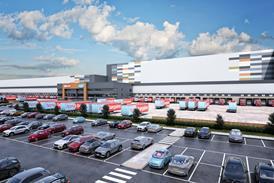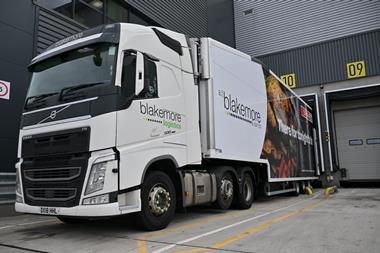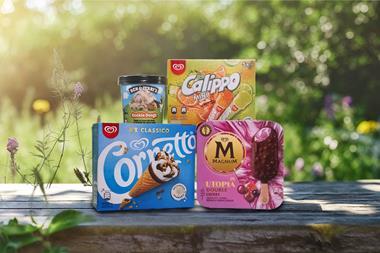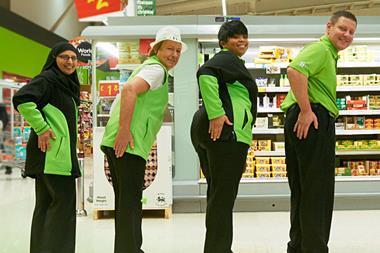Stuart Rose has worked wonders turning around Marks & Spencer and last week unveiled ambitious international expansion plans, but, according to some analysts, the retailer still has work to do on its offer closer to home.
Since he arrived in 2004, new clothing ranges suiting a variety of ages and pockets have lured in new shoppers. However, although M&S cemented its reputation for the most luxurious food on the high street, it did not simultaneously broaden the range for its new customer set.
As a result, say analysts, food and fashion serve two different audiences. "Clothing has broad appeal, whereas the food is very much targeted at the independent, young and child-free," says one.
"It's not just mismatched in crude socio-economic terms, it's about range," the analyst says. "In clothing M&S has invested to create new ranges such as Per Una for the younger, more fashionable shopper, the upmarket Autograph collection and a good selection of children's wear, so there is a better split, but in food there is a chunk missing. There is very little that targets babies and children."
At last week's interims Rose detailed the success of the new wine range, with prices from £3 to £50, but at the same time ruled out a 'basics' range in food. "We don't do good food and better food, we only do the best," he said.
It is understood that the board ruled out a proposal to stock branded goods last year, according to a retail source. And that might come back on the agenda now that the CC appears to have ruled in M&S's favour.
But Rose does concede there is a problem: with second-quarter like-for-like food sales up just 0.5%, he admitted that food sales may have been cannibalised from the main stores by its fast-growing Simply Foods format. And that may not be the full extent of the problem, as it faces growing competition from other retailers, says Sam Hart at stockbroker Charles Stanley.
"It's a very open market now as the multiples are increasing their premium offers, with Extra Special, The Finest and so on."
Steven Esom, M&S director of food, is confident: "We know from independent tests that our products still come the highest and we've still got a significant lead."
But with space devoted to food in main stores understood to be decreasing, some analysts believe food could be separated from the fashion business altogether.
One option would be to outsource food to franchises for Simply Food. The retailer opened 62 in the first half of 2007 and plans another 60 for next year.
And group finance director Ian Dyson understands the attraction: "Sales at these stores are recorded at an effective wholesale price rather than retail, so gross margin is lower. However, the net operating profit of these stores is higher and value creation is substantial, given there is minimal M&S capital employed."
Our analyst believes: "There is less of a threat from motorway and station Simply Foods, but high street ones are higher risk. One imagines M&S will be thinking about reducing food in main stores, but you can't just take food out because you've got to fill the space with something."
That something might be food 'hospitality'. At the interims Rose said there would be further "stretching of the brand" and waxed lyrical about the expansion of hot food-to-go counters, eat-over delis and restaurants with M&S kitchens now in flagship stores.
"Why are these there?" he asked. "In our top 40 or 50 flagship stores we want to find a reason for you to go in and also a reason for you to stay. Delis work well and wherever possible on top of that we want to layer in a restaurant."
This lean to department store retailing is evidenced by the planned opening of 100,000 sq ft-
plus worth of space in London next year, together with a dozen new retail park sites. "I think it is keen to expand further in food, so perhaps this is the answer," says Hart.
"This will give it the space to expand the range and combat the lack of car parking, allowing it to compete on a more level playing field with its rivals." n


















No comments yet